Forests are familiar characters in many well-known fairytales and bedtime stories, such as Little Red Hood, The Jungle Book, Bridge to Terabithia and so many more. But how does a forest tell its own story?
On Tuesday, January 23, Julia Minot, Volunteer Coordinator with the Friends of the Blue Hills, and Debbie Merriam, the Executive Director of the Mary May Binney Arboretum, shared how the Blue Hills forests tell a detailed history of the land itself.
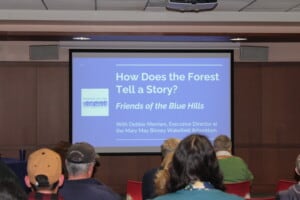
A crowd of about 30 people at the Thomas Crane Public Library in Quincy learned how the Blue Hills Reservation has experienced many droughts, floods, and forest fires through the years. Minot explained how these natural phenomena (and more) have an impact on plants and how they grow, telling a tale of destruction but also the new life that can spring from it. Native and non-native plants are a big part of the Reservation’s story, and how they individually impact the greater ecosystem makes for a fascinating tale.
The Plot Thickens… with Invasive Plants
The US Forest Service defines an invasive plant as “a species that is 1) non-native (or alien) to the ecosystem under consideration; and, 2) whose introduction causes or is likely to cause economic or environmental harm or harm to human health.” That’s why managing invasives is a focus area for the Friends of the Blue Hills and dedicated trail maintenance volunteers.
“As soon as you open up the canopy, you create opportunities for invasives,” says Merriam. “And, as temperatures rise, invasives survive better. They are very good at adapting quickly and surviving.” That means we need to be ever vigilant about where invasives are showing up in the park and are overlapping native plan habitat.
Uncovering Invasives in the Park
A new initiative involves collecting data on 7 invasive species in the 500 acres around the 280-acre Ponkapoag Pond. Targets include Japanese knotweed and burning bush (which you may recognize as decorative plants in many local yards). Merriam showed us a map of Ponkapoag that outlined where data collection has already occurred and identified where invasives are growing.
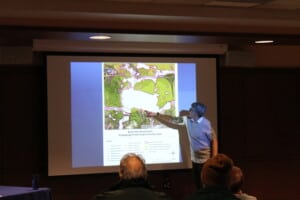
The iNaturalist app has made it easier than ever to document where invasives are trying to take over. (Click here to download the app.) Merriam reminds us that this app helps us “know the presence of native plants and then see where those locations correlate with the presence of invasives.” Only then can we do anything about these stubborn intruders.
“Many people who helped out with data collection had been visiting the Blue Hills for years,” says Merriam, “but didn’t know what they were looking at.” The iNaturalist app changed all that.
Audience questions spurred conversation around how to prevent spreading invasives during removal (the key: do it before plants set seeds!). And, what about invasives that are still sold in garden stores? Obviously, not buying them is a big part of preventing spread, but there are efforts underway to convince sellers to stay away from selling them altogether.
What’s next?
It truly takes a village to battle invasives. Minot and her team of volunteers is already planning ahead for some spring trail maintenance events that will focus on removal of invasive plants. And citizen scientists are always needed to keep an eye out for areas where invasives are trying to take hold–so something can be done about them before they squeeze out native plants and remake the Reservation’s landscape.
Visit the Friends of the Blue Hills event calendar regularly and follow the Friends on Facebook and Instagram to see new invasives events as they’re added. If you’d like to set up an event for your own special group, email the Friends to help with scheduling.

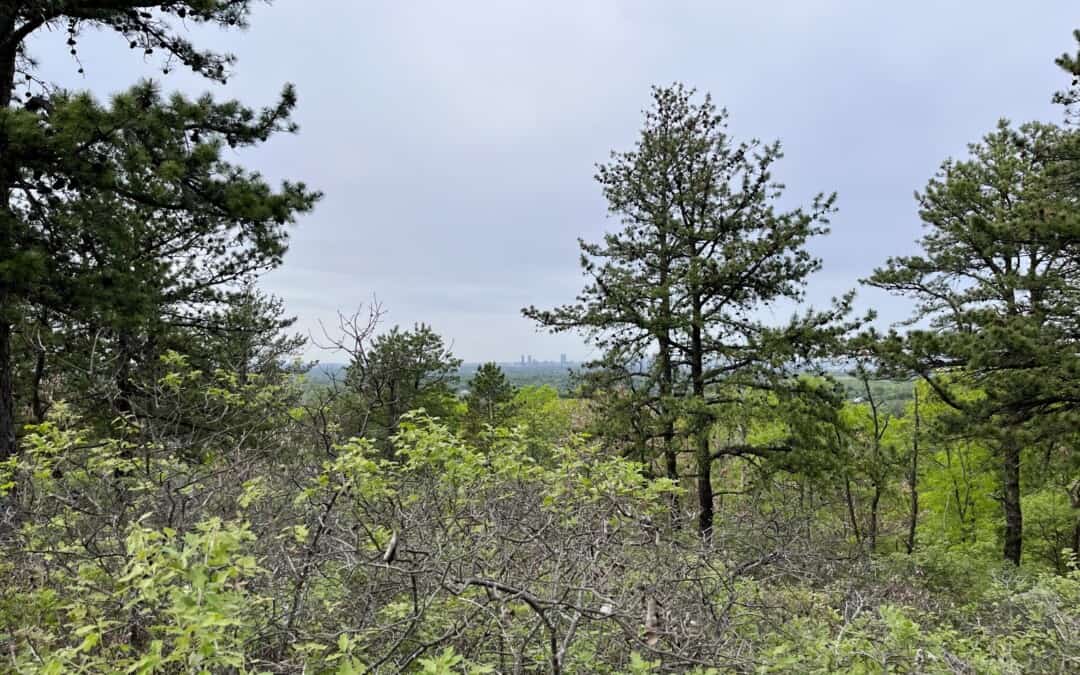
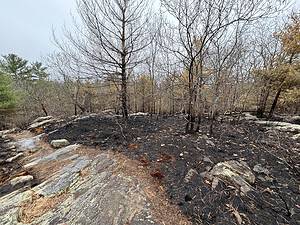

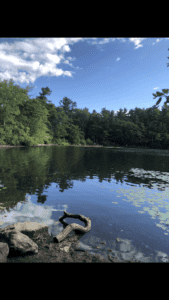


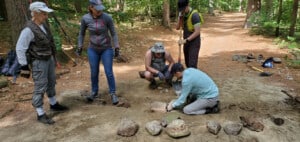
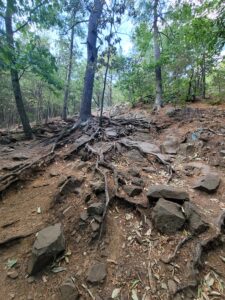
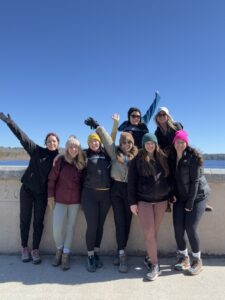
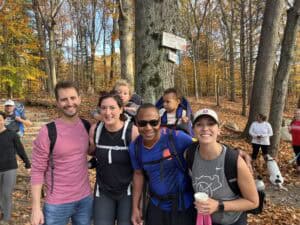

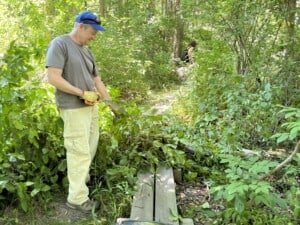
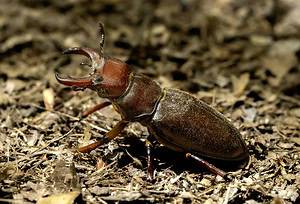
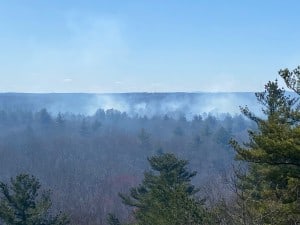
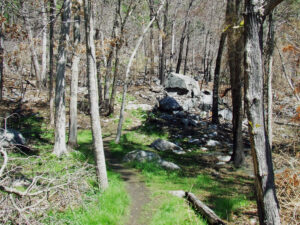
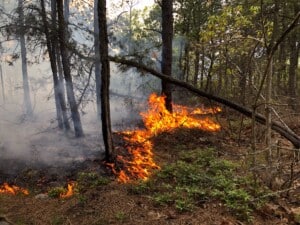
Thank you for this informative update.
Do you know of any books about the history of the Blue Hills? Remarkably, my internet search is not turning one up.
Thanks,
Randall Brubaker
I don’t know of any books, but there is content on our website that takes a historical look at the park. Just search for “history” in the searchbar. Have fun!
I do recall reading an older book, Landscape with Reptile, by Thomas Palmer, and it having some Blue Hills history in it. Mostly about the rattlers, but includes some other natural history. Still in print, now I check, but local libraries may have it too.